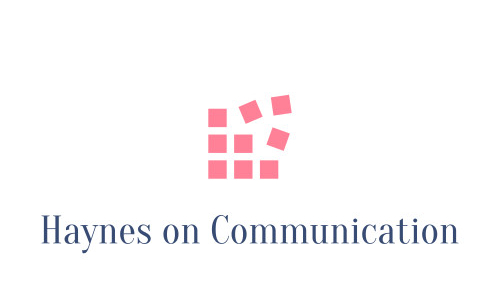Have you ever stopped to think about the words you use when you’re explaining a concept or providing direction? We tend to throw in [a lot of] extra words. That might make your communication more conversational, or maybe not.
In reality, when we add extra words, we create more work for the reader. There’s more reading to do and more time required to organize their thoughts.

When we write in plain language — using simple, easy to understand words — it’s easier for the reader to understand what they’re reading, what it means to them and how they can act on it. Writing in plain language helps minimize confusion and can reduce the number of questions your reader will ask. How wonderful would that be if you were providing directions, guidelines, terms and conditions… the list goes on.
Enough of my soapbox! This blog isn’t about plain language exactly. It’s about extra unnecessary words we like to use. Here are some examples.
Check it out.
From here
The launch was deemed very successful.
We continued to promote the sale.
With not a big amount of time…
I want to thank you for your time.
She said that she was ill.
Let’s meet on a regular basis.
In order for us to move, we need boxes.
To stronger
The launch was a success.
We promoted the sale.
With little time…
Thank you for your time.
She said she was ill.
Let’s meet regularly.
To move, we need boxes.
Other words in my pet peeves pocket include:
- Few — How many is a few anyway? (Used to emphasize a small number, Oxford Language)
- Nice — What is nice? It’s a word that definitely needs an exclamation mark to make it exciting.
- Normal — We all define what’s normal in different ways.
- Utilizing — Let’s just say “use”!
- That — We use that to connect defining clauses. However, it’s not always necessary and eliminating the word can make your sentence easier to read.
When I see these words in a communication, I delete them or look for ways to add clarity to the sentence.
We all have our favourite words and expresses we love to use. What have you read lately?
